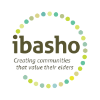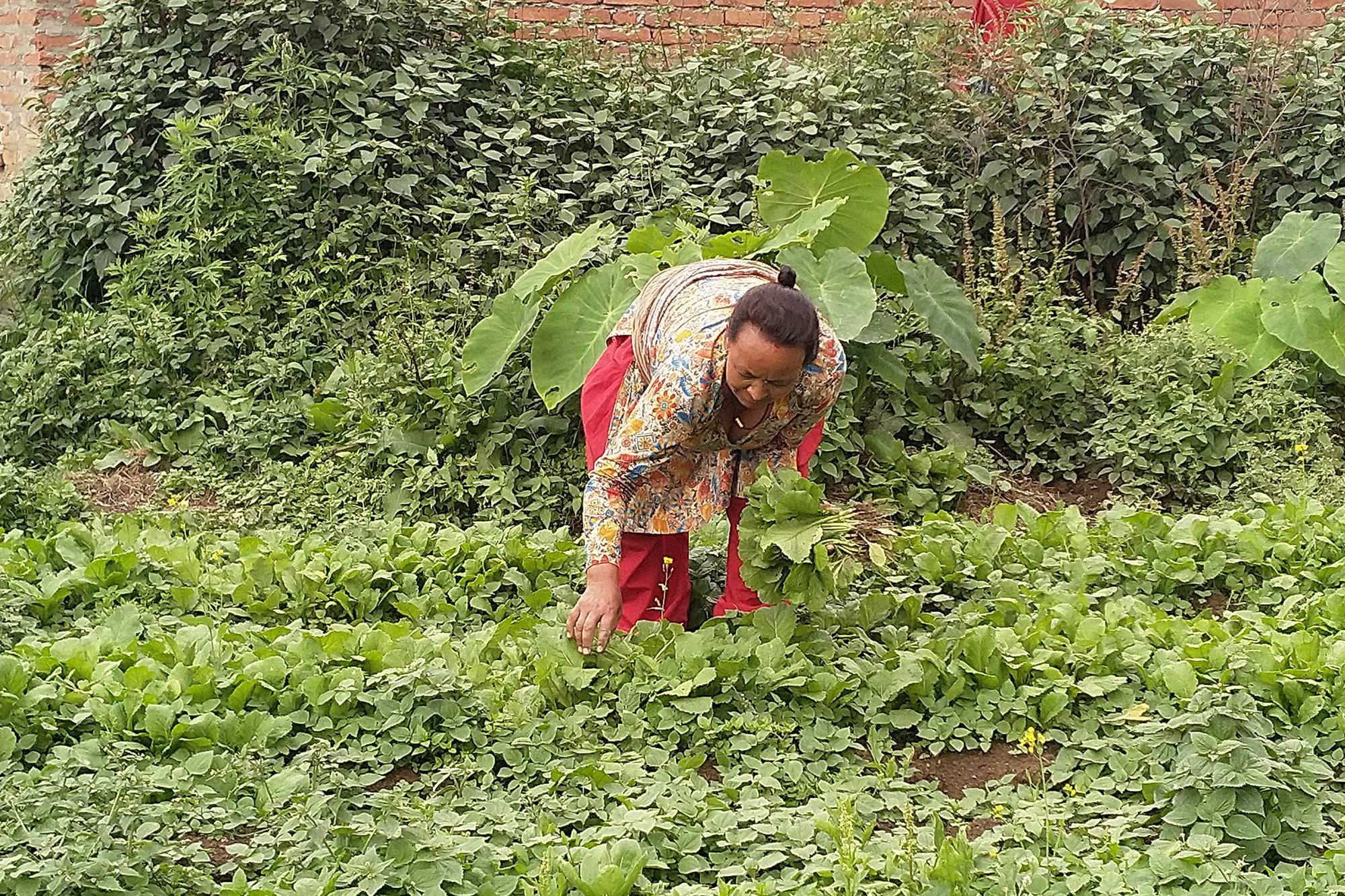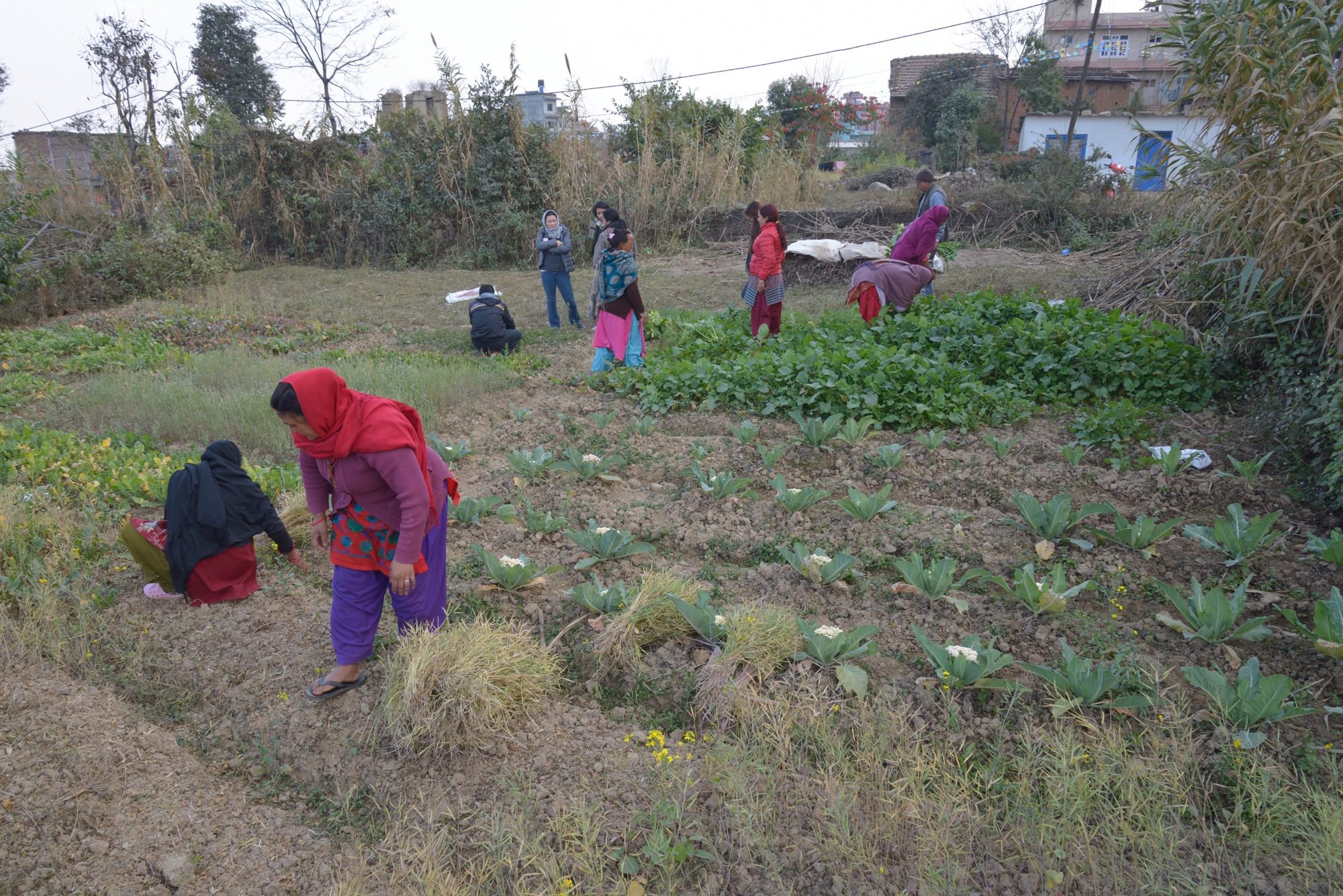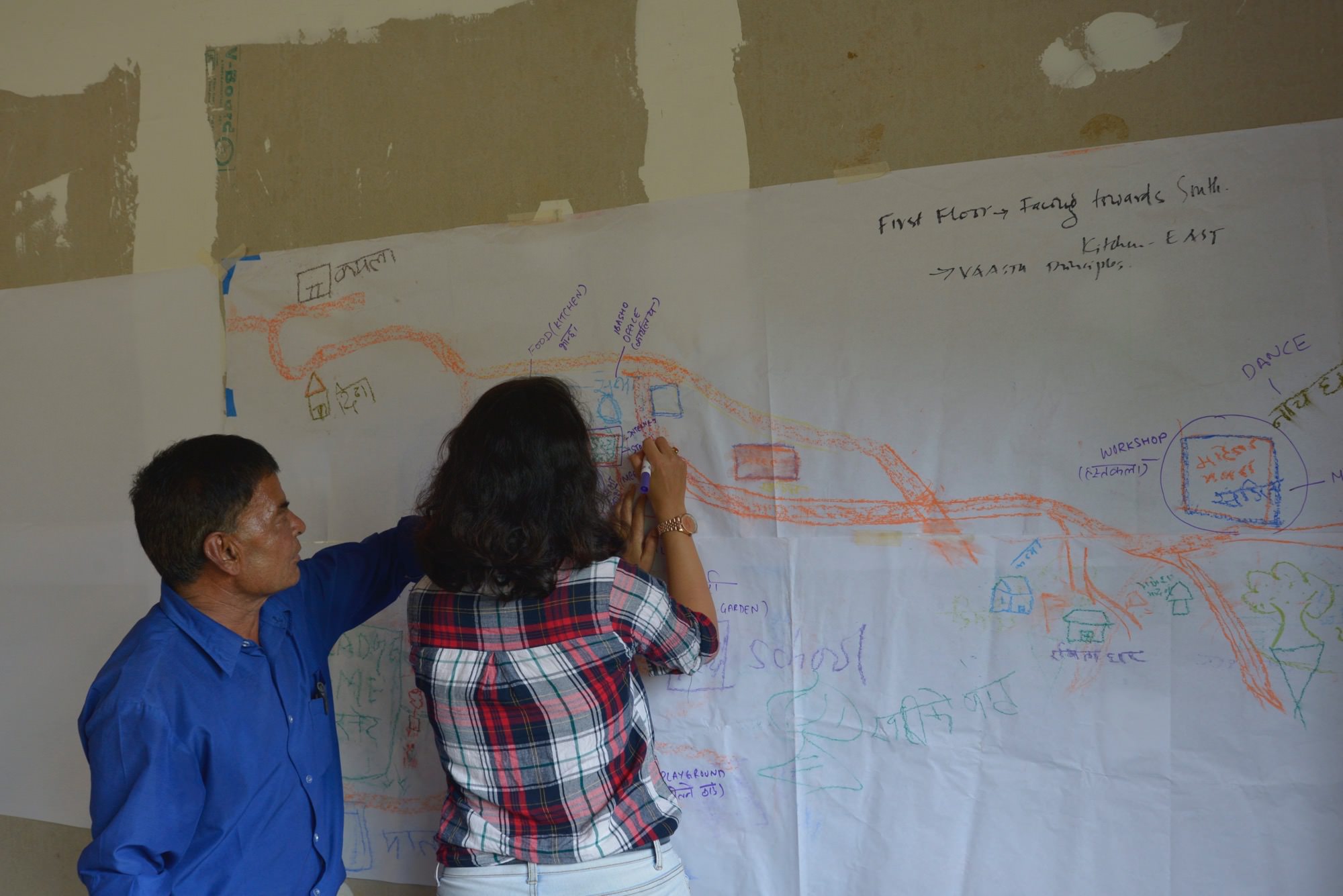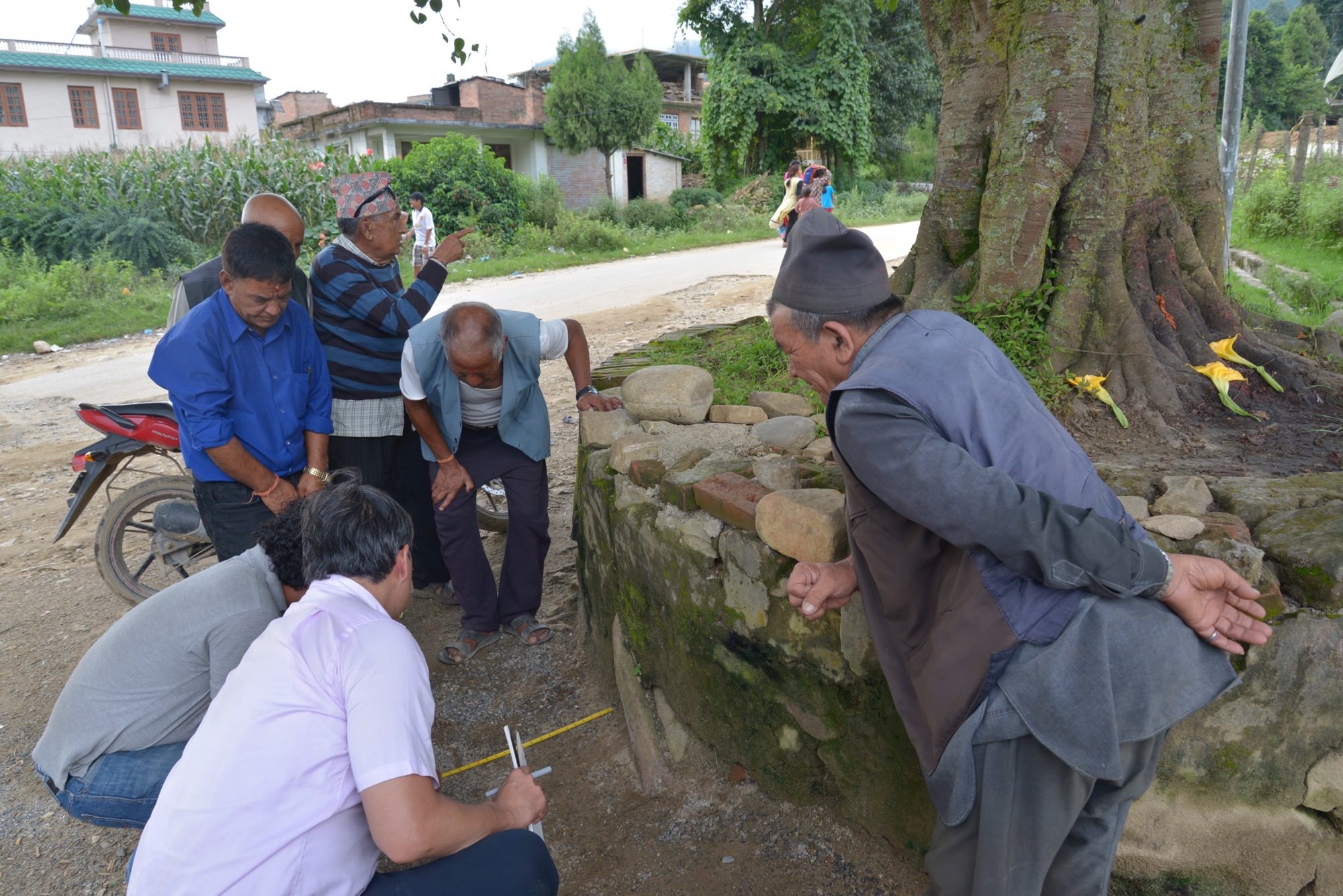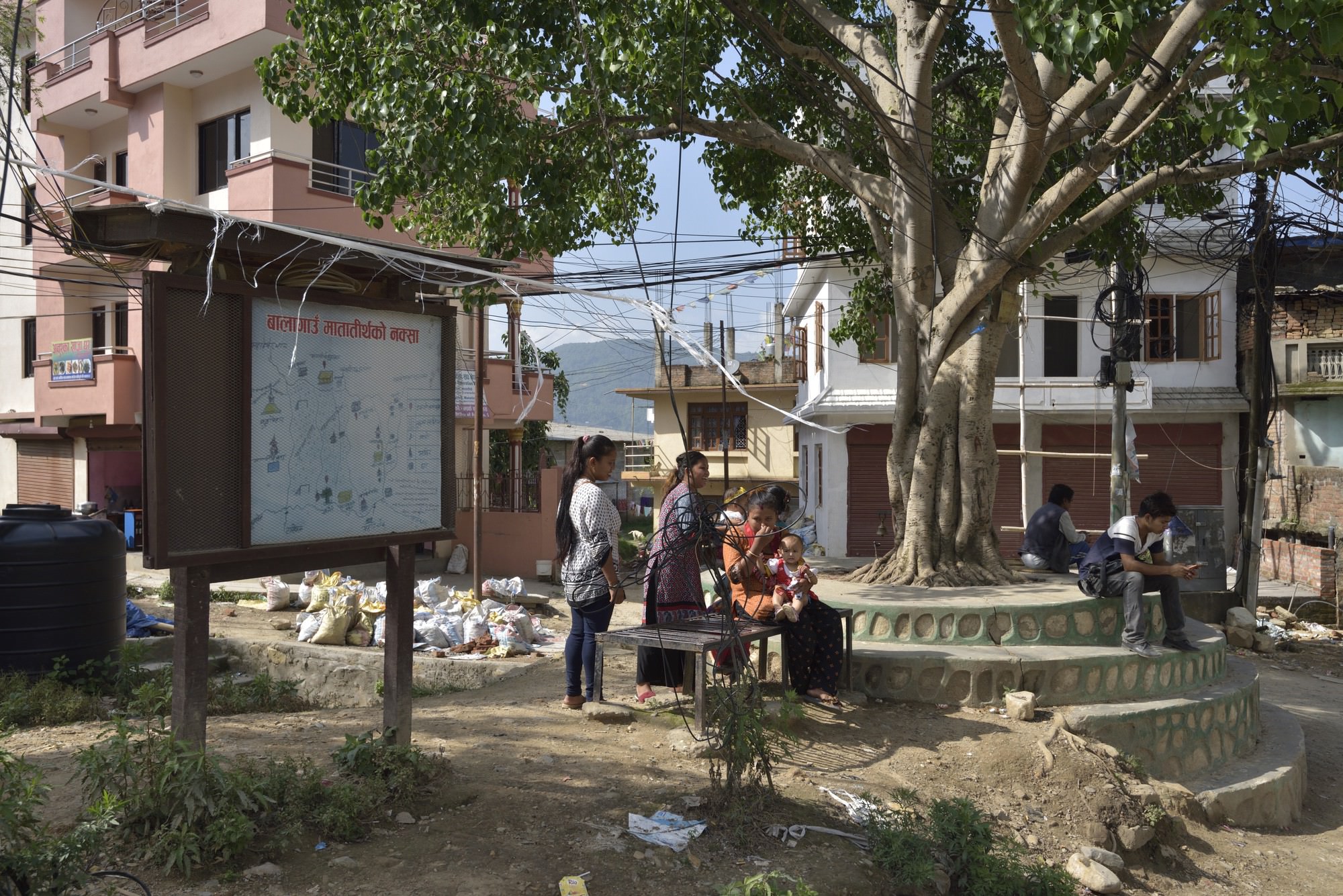Contents
Ibasho in Nepal
“When the earthquake hit Kathmandu, young people were mobilized but elders were not a part of the recovery process. I felt that our elders should be empowered and included as a part of recovery and preparation process” .”
–36 year old woman in Kathmandu, Nepal, after the earthquake
The earthquake of April 25, 2015 in Nepal has created massive destruction with a loss of lives and livelihoods, effecting over more than 8000 people and households. The elderly are among the most affected both physically and mentally.
Santoshi Rana, who founded a social enterprise named Bihani Social Venture, found a report on Ibasho House in Japan (Kiyota et al., 2015) on the World Bank website and contacted Ibasho’s founder. It all started with an email from Santoshi, asking us “Nepal needs the Ibasho concept. How can we adapt it here?” Since we did not have the resources to kick start it at the time, we kept in touch to explore the possibilities for almost a year. During this time, our passion did not disappear, and we were finally able to visit Kathmandu to plan the Ibasho project together.
Ibasho worked with elders, women, persons with disabilities, and children in the village of Matatirtha in Kathmandu valley. The word Matatirtha comes from two Sanskrit words: mata, meaning “mother,” and tirtha, meaning “a sacred place.” The VDC (Village Development Committee) derived its name from a sacred pond in the VDC dedicated to mother. To Nepalis, Matatirtha is a sacred place. Every year on Mother’s Day, thousands of people gather together there to celebrate.
In a survey of villagers conducted by Ibasho in 2018 about the aftermath of the earthquake of 2015, 39.1% of the respondents (n=299) reported partial damage to their homes and 7.4% reported complete damage.
Ibasho Nepal’s origin
February 2016: Ibasho visited three communities chosen by Bihani and selected Matatirtha as the Ibasho Nepal site. During site visits, the Ibasho team visited an old age home and interviewed a women’s group.
June 2016: The Ibasho project launched in Matatirtha, as requested by villagers. Vision and operation workshops were conducted. Villagers decided on the livelihood projects they wanted to start.
July 2016: Bihani was appointed as local coordinator.
Our approach
Holistic model:
To set up programs that enable elders to lead the community resilience throughout disaster, recovery, and reconstruction phases.
- Disaster recovery phase: Facilitate elders to develop a livelihood project that benefits community members of all ages: e.g. recycling, vegetable farm, nutrition program for school children, craft or so on.
- Disaster reconstruction phase: Co-design an Ibasho café, a place where elders are able to find their positive social roles for the members of their communities. This project will employ social venture model to ensure the long-term sustainability of the operation among the community elders and group of women in Matatirtha. The building will be designed for villagers to construct and expand in the future that can serve as an evacuation and resource hub for community members.
- Disaster preparedness: Developing a “community led evacuation map” with community members in order to enhance the awareness of disaster preparedness, and discuss effective evacuation strategies among the community members.
Elders are the experts:
Develop global peer-to-peer knowledge exchange support network: Elders in the Ibasho network will directly help to set up and improve the Ibasho projects on site, and develop stronger social ties cross-culturally: Japan, Philippines, and Nepal.
Ibasho livelihood projects
In order to fund the Ibasho project and generate some extra income to help support themselves and their families, the villagers began a vegetable farm, bio-dynamic composting, handicrafts, and a nursery for flowers. Project leaders for each activity were assigned from three groups: elders, women, and lower secondary school children.
In August 2016, the flower nursery was launched in an open space next to an old age home. That month, 30 villagers of all ages visited the site to learn about biodynamic farming and composting methods.
In September, villagers rented an open space and started biodynamic farming and composting. Because the space had limited access to water, the villagers had to maintain their farm in another location.
Jewelry making and knitting project were launched by both women and elders and they meet once a week to create earrings and knitted hats, and sell them at public markets. Volunteer designers visited to trained the villagers to improve their skills for more marketable crafts. These handicrafts are generating small incomes to the group.
Village as Ibasho
Originally, villagers were planning to create an Ibasho hub by reconstructing a youth group building that was damaged by the earthquake in 2015. Then they attended operation workshops in March 2017, where they decided to instituted several community capacity-building projects, including music, dance, a restaurant, an internet cafe, a library, crafts, and a playground. They quickly realized that all of these activities would not fit into one building, so they proposed adopting the “village as Ibasho” idea. This idea is to implement the Ibasho’s core principles throughout the village, such as women’s building, chaurati, old age home, elementary school and temple, rather than creating one community hub.
Based on villagers’ skills and resources, the elders chose three projects to start with:
- Renovate the Chautari, a culturally significant tree in the village
- Create signboard to hold an Ibasho location map and an area evacuation map
- Build bookshelves at the old age home
Creating a gathering place for Ibasho
In January 2018, Ibasho team brought a proposal for an Ibasho hub, based on input from villagers at multiple design meetings. However, since the space that was being considered for the hub had traditionally been used for ritual ceremonies, the elders decided not to build a new building there in order to protect the open space.
Several months later, the elders decided to build an Ibasho hub in the vegetable farm. The structure was made of bamboo, allowing elders both to build within a small budget and to create a structure that would be relatively safe in the event of an earthquake. Villagers use the space to hold meetings and store farm equipment.
Location
2011 Census Figures for the Nepal
| Nepal | Chandragiri Municipality | Ward 6 | |
|---|---|---|---|
| Population | 26,494,504 | 85,198 | 5,259 |
| Percentage of older population (65yeas and above) | 5.2% | 4.5% | N/A |
| Households | 5,427,302 | 20,532 | 1,282 |
- The data in the table is based on the 11 village development communities that became Chandragiri Municipality. The aging rate for Nepal was obtained from IndexMundi 2017 at https://www.indexmundi.com/nepal/.
